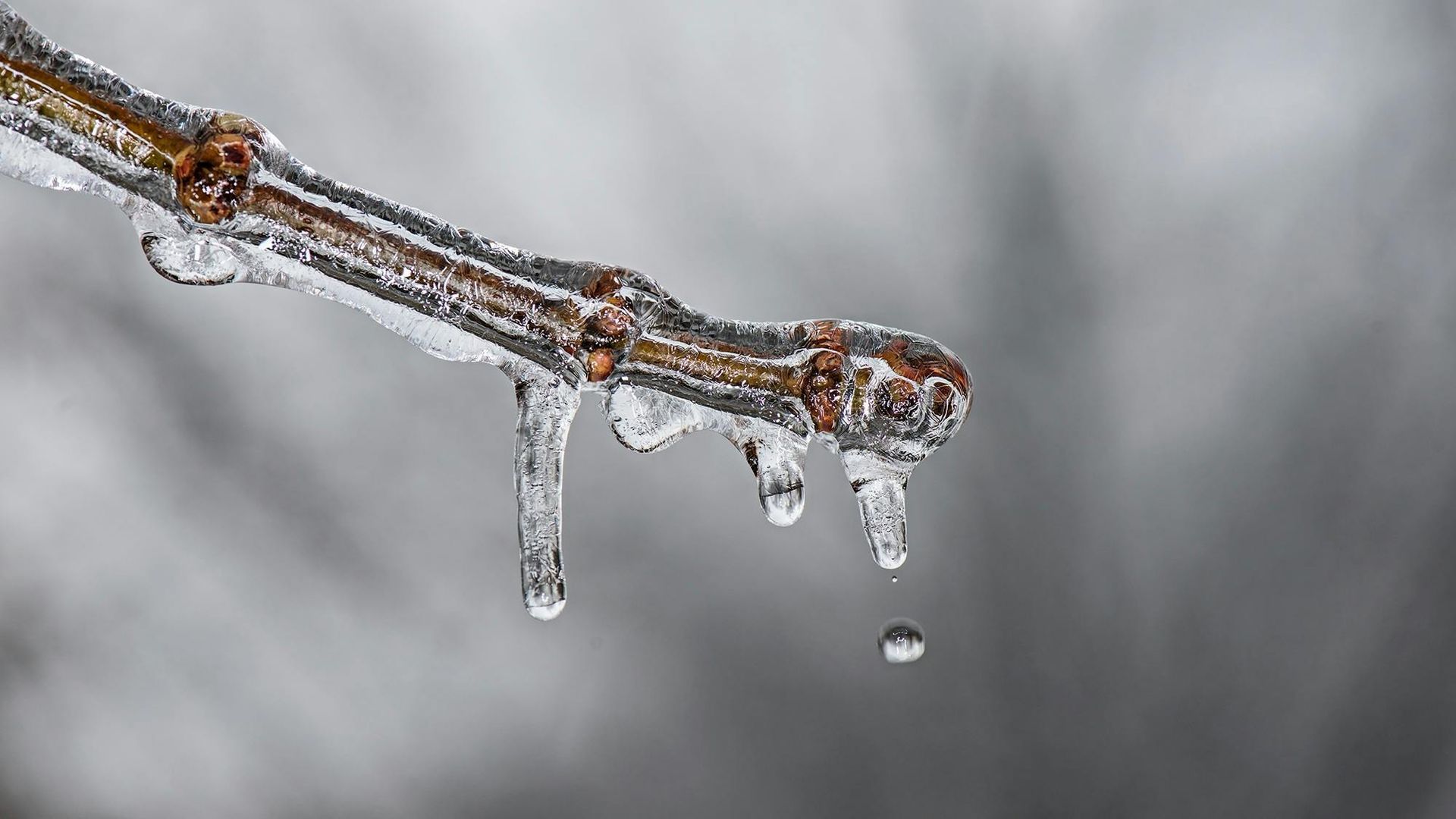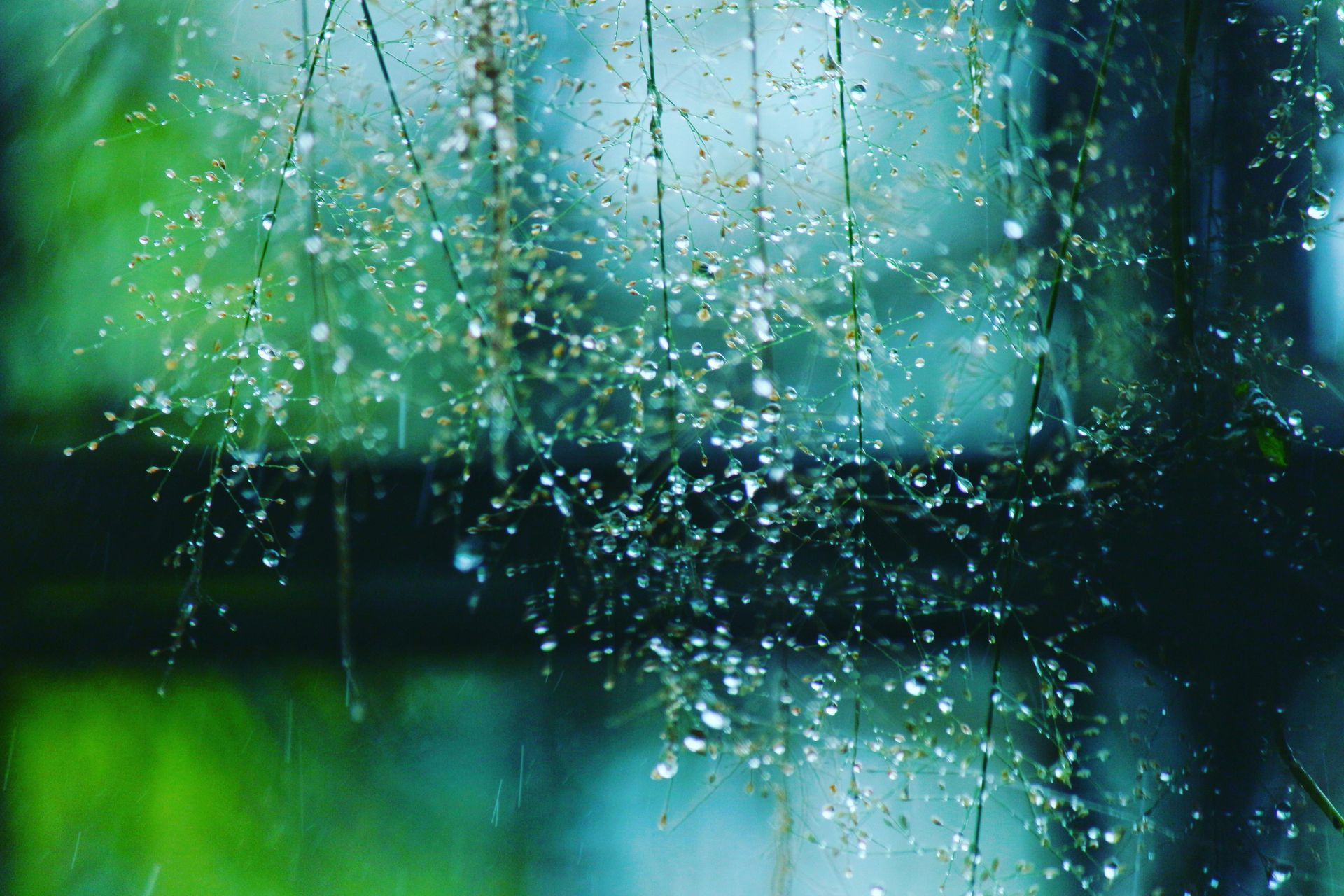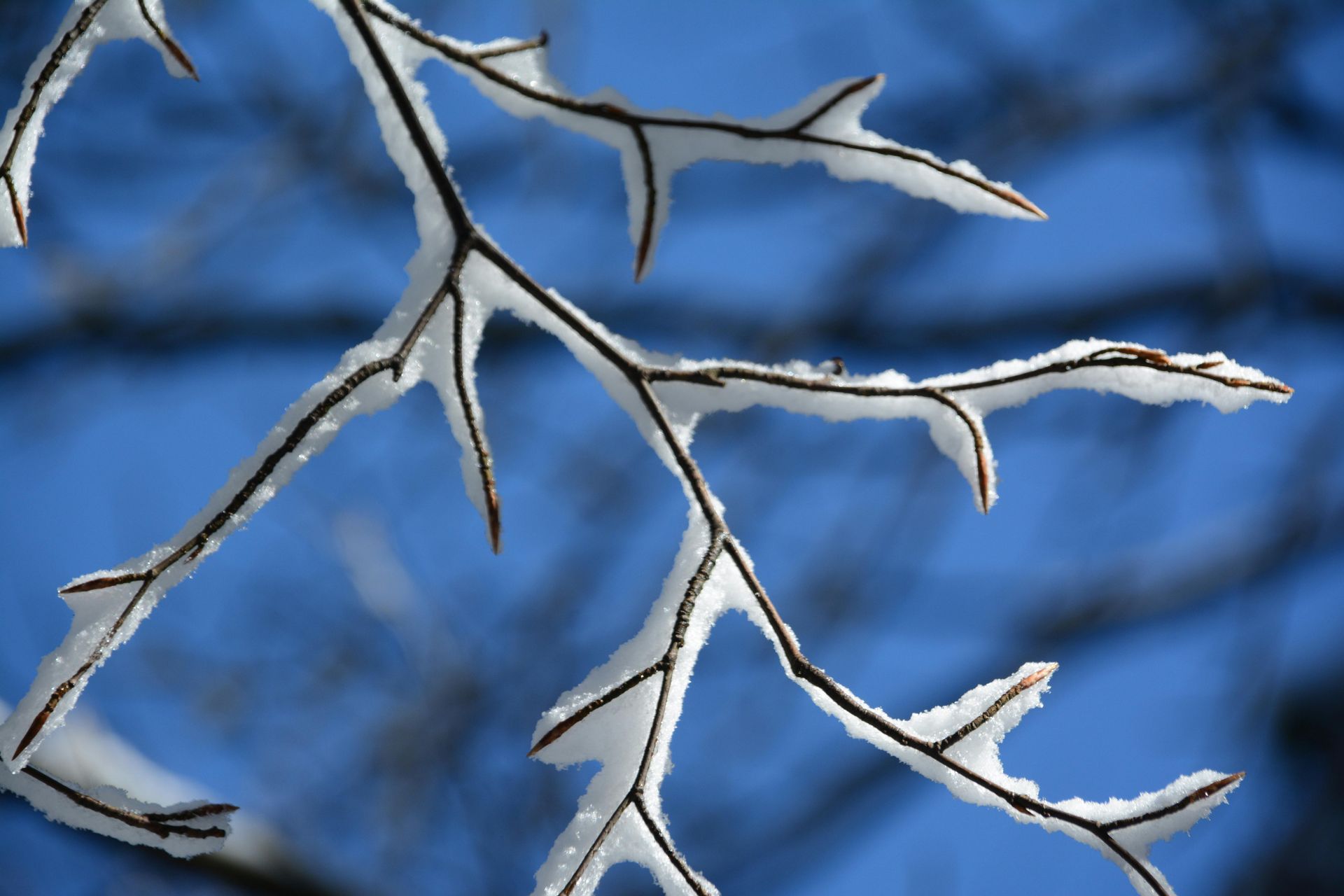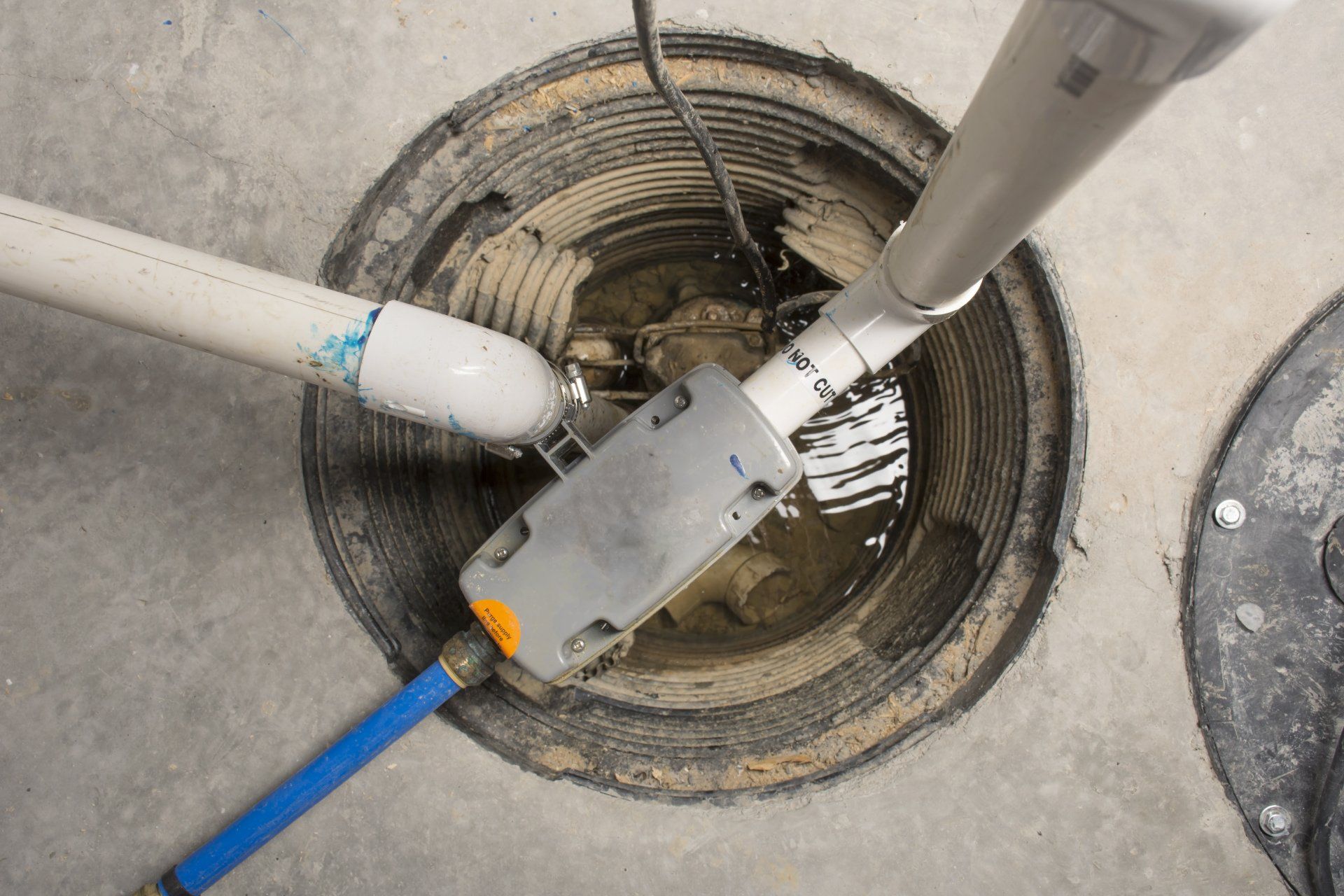Kansas City Freezing Winters Can Impact Your Home’s Foundation
Freeze/Thaw Cycle Impacts Your Home's Foundation - Are You Prepared?

With the temperature dropping below the freezing point in Kansas City during the winter months, you may enjoy the icicles hanging from your gutter. However, it may be an indication of serious risks in your home’s foundation and lead to cracks, water pooling, leaks, and other issues.
The freezing and thawing cycle at this temperature causes the soil around your house to expand and shrink. This increases the risk of cracks and structural damage. That’s why homeowners in the Kansas City area look for preventative ways to stop the damage and avoid exorbitant costs later.
Keep on reading for the complete details on how the Kansas City Freezing Winters Can Impact Your Home’s Foundation and how you can repair for it.
Does Winter Weather Really Affect Your Kansas City Home Foundation?
Here are a few instances, highlighting how winter weather can be a danger to your Kansas City home foundation.
1. Notable Basement Leaks
Leaks and seepage are the most common foundation issues when the temperature drops below 40°F for three days in a row. Even though the weather outside is freezing, your basement is still warm, which spurs heat into the ground around your house.
This warms up the area about eight inches away from the basement walls. You will find
snow or frost that starts melting. With nowhere to go, the water finds its way into your
basement and causes leaks. Besides, hydrostatic pressure is another common factor that pushes water against your basement and causes leaks or flooding in your basement.
2. Frozen Discharge Lines
Sump pumps are a vital part of many homes in Kansas City as they protect against water damage and flooding. But with the temperature dropping as low as 32°F, it gets highly affected and harms the foundation.
In the freezing temperature, it is obvious the danger of the pump getting frozen and causing the water to move. If water from snowmelt or rain isn't pumped away, the chances are it can burst and accumulate water around your foundation. This even increases hydrostatic pressure, which causes cracks or leaks in the foundation.
3. Frost Heave Cycle
Frost heave is a naturally occurring process you find when soil freezes and expands during winter. When winter weather temperatures reach freezing, as low as 32°F, the water in the ground can freeze and create ice lenses.
Often, it is a thin layer of ice that forms in the soil. But as the temperature decreases, more ice forms, and then it starts pushing the soil and anything on top of it upwards.
This results in a building or a sidewalk on top of that ground lifting up. This is the most common issue for buildings, roads, and other things, which ultimately leads to cracks or breaks in the foundation.
4. Soil Contraction
Since cold air holds far less humidity, temperature fluctuation is very common in the coldest city compared to the summer season. With the temperature switch, the ice in the soil melts, and it loses water and contracts, or shrinks.
This type of shrinkage causes voids and gaps in the soil around the foundation of a building. Due to shrinkage, the soil can't support the foundation as well as it should. When it fails to hold the foundation,
settling, shifting, or many other potential damages to foundations can occur.
5. Drainage Issues From Erosion
Soil erosion is very common in the soil during the winter season due to the frequent rain and melting snow. Typically, the ground in your yard should slope away from your foundation. Thus, when it rains, the water flows away from your house instead of toward it.
But the erosion changes that slope and makes it hard for water to drain away. However, erosion is a common issue for home foundations when the gutters are not set properly or twist on their way.
Due to damage or incorrect positioning, it collects all the water that flows off the roof, which results in overflow and spills over the sides. Sometimes it occurs when some parts of the gutters are missing.
For this, water falls straight to the ground instead of being collected and directed away from your house and causes damage to the foundation.
How Can You Protect Your Foundation From Winter Freezing Temps and Icy Conditions?
Though the continuous rain, slow, or sleet in the winter is more like a curse for foundations in Kansas City, the good news is you can reduce the damage. Here, our experts at
PierMagic have listed some effective ways to protect your foundation in any harsh condition:
1. Prepare For Snow Removal
As melting snow is a cause for various issues in winter, first of all, make preparations for smart snow removal. Regularly clean your snow from your roof and around the foundation using a snow shovel.
You can even go with the sealing and de-icing method to prevent the snow from making a pileup. The best part is you can make ice melt or rock salt in your home.
2. Improve Drainage Around Your Home
Right after the snow removal, you need to concentrate on your gutter. Ensure proper drainage around your home to prevent water from accumulating around your home foundation.
First, clear leaves, sticks, and other debris from your gutters and inspect them for wear and tear. Then ensure your gutters are properly aligned, and the downspouts extend at least five feet away from your house.
3. Insulate Pipe To Prevent Freezing
To prevent pipes from freezing, bursting, and flooding your basement, it is best you insulate your pipes. You can consider heated pipe cables or wrap your pipes with foam insulation.
Through this, you can stop your foundation from getting damp. Besides, when you want to insulate your interior or exterior of
foundation walls, you can choose foam plastic insulating sheathing. This helps you prevent heat loss and reduces the risk of condensation issues.
4. Water Maintenance And Drain Management
Not just cleaning gutters will be enough if you have an old and damaged drainage system for your home. Install high-quality drainage solutions like French drains or sump pumps, which effectively channel water away from the foundation.
You can keep the soil around your home foundation from becoming saturated or expanding. Check and ensure your sump pump is working properly.
In Kansas City, freezing winters highly affect your home’s foundation. Cold weather, snow, and ice cause the soil to expand and shrink, which leads to various water damage in the foundation. To deal with this issue, it is always best to take action before it’s too late.
For better insulation, we recommend getting in touch with our foundation specialists at PierMagic. Our team of experienced professionals is highly dedicated to protecting your home from water damage and structural issues.
Contact Us
We will get back to you as soon as possible.
Please try again later.
Address
PierMagic Foundation Specialists
932 Locust Hill Circle
Belton, MO 64012
Serving: Grandview, Lee's Summit, Blue Springs, Leawood, Overland Park, Olathe, Raymore, Belton, Independence, Oak Grove, Liberty, Parkville, Butler, Columbia, Harrisonville, Peculiar, Pleasant Hill, and the greater Kansas City area
All Rights Reserved | PierMagic Foundation Specialists




